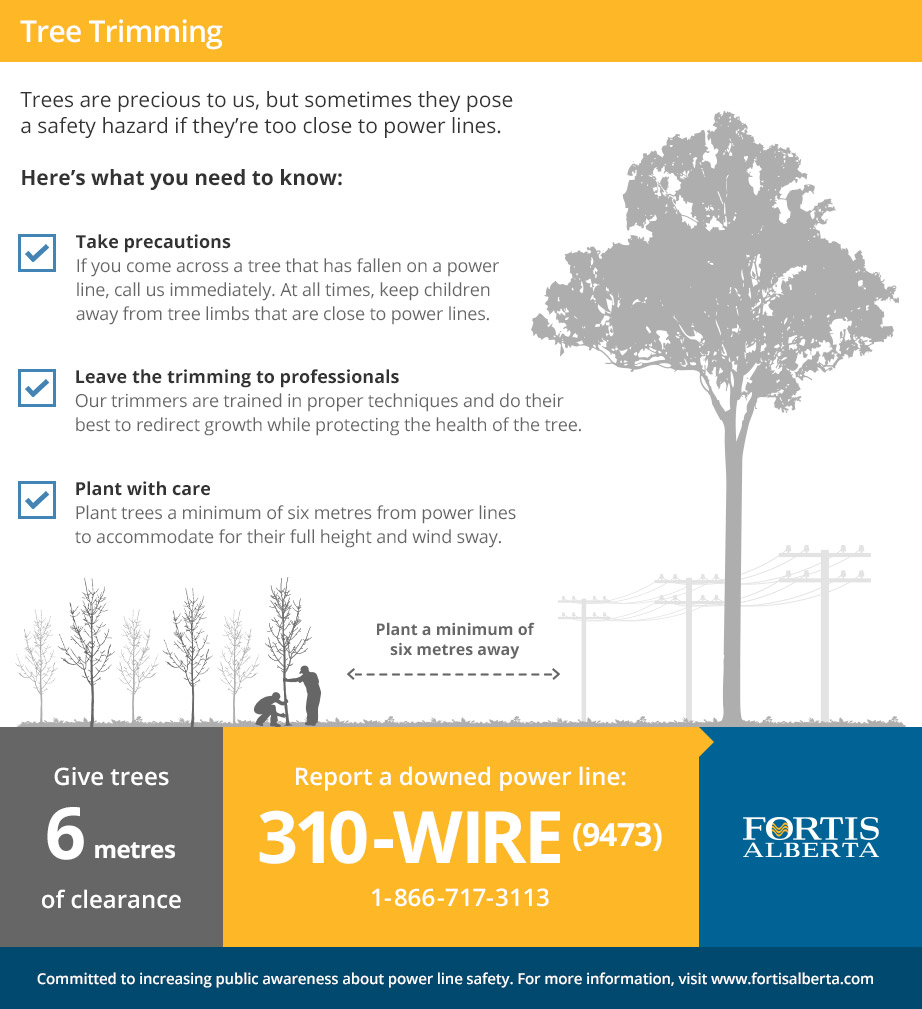The Future Of Trees: Exactly How To Recognize When Elimination Is Required
The Future Of Trees: Exactly How To Recognize When Elimination Is Required
Blog Article
Personnel Writer-Lindgaard Harrington
If you have actually ever wondered about the destiny of the trees on your property, comprehending when it's time for elimination is important. However how do you figure out if a tree can be saved or if elimination is the only choice? By searching for details indications and reviewing safety and security threats, you can make informed choices that profit both your landscape and your environments. Allow's discover the vital elements that enter into play when making a decision the fate of a tree and just how you can guarantee the very best outcome for your environment-friendly friends.
Indicators of Tree Decline
If you observe any of the complying with indications of tree decrease in your backyard, it might be time to think about tree elimination.
One usual sign is dead or rotting branches, which can indicate underlying concerns affecting the tree's health. Look out for discolored or wilted leaves that persist despite correct treatment, as this could be an indication of disease or insects.
Another warning signal is extreme leaning or a visible shift in the tree's base, which may suggest origin concerns or structural instability. Keep an eye out for fungal development on the trunk or origins, as this can show rot and compromise the tree's security.
Furthermore, if you observe big fractures in the trunk or significant limbs, it's important to address these issues promptly to stop potential hazards. Resolving these indications of tree decline quickly can help preserve the security and visual appeals of your backyard setting.
Safety and security Worries
To ensure the wellness of your building and those around you, prioritizing safety worries associated with trees is paramount. Trees can position numerous safety and security dangers otherwise properly preserved. Dead or rotting branches might drop unexpectedly, jeopardizing individuals or damaging structures.
Leaning trees can also be harmful, specifically if they're leaning in the direction of a building or power lines. In addition, trees with substantial origin systems near structures or below ground energies can trigger considerable damage with time.
It's important to frequently examine your trees for any indications of potential danger. Keep an eye out for splits in the trunk, huge dental caries, or indicators of disease and degeneration. If you observe any of these issues, it's best to seek advice from a professional arborist to analyze the situation and figure out the needed course of action.
Taking click web page to deal with security issues quickly can stop accidents and building damages in the future. Keep in mind, the security of your home and those around you need to always be the top concern when it pertains to tree maintenance.
Consulting an Arborist
When taking into consideration the health and safety of your trees, speaking with an arborist is a critical step. Arborists are trained professionals who focus on the treatment and upkeep of trees. They can assess the total wellness of your trees, identify any concerns such as diseases or structural problems, and provide expert recommendations on the best strategy.
By consulting an arborist, you can receive useful insights into the condition of your trees and determine whether elimination is essential. Arborists have the understanding and experience to review the risks related to maintaining a tree versus removing it. They can also provide assistance on different services, such as trimming, cabling, or bracing, to assist protect the tree whenever possible.
Moreover, arborists can aid you browse any type of local laws or permits that might be required for tree elimination. Their knowledge can ensure that the process is accomplished safely and in compliance with any type of appropriate legislations.
Conclusion
To conclude, when figuring out whether trees can be conserved or if elimination is necessary, it is important to think about indications of decline and security concerns. Consulting an arborist for a thorough analysis is vital in making the best choice for the tree's health and potential dangers. Keep in mind, positive care and prompt action can assist maintain trees and prevent mishaps.
